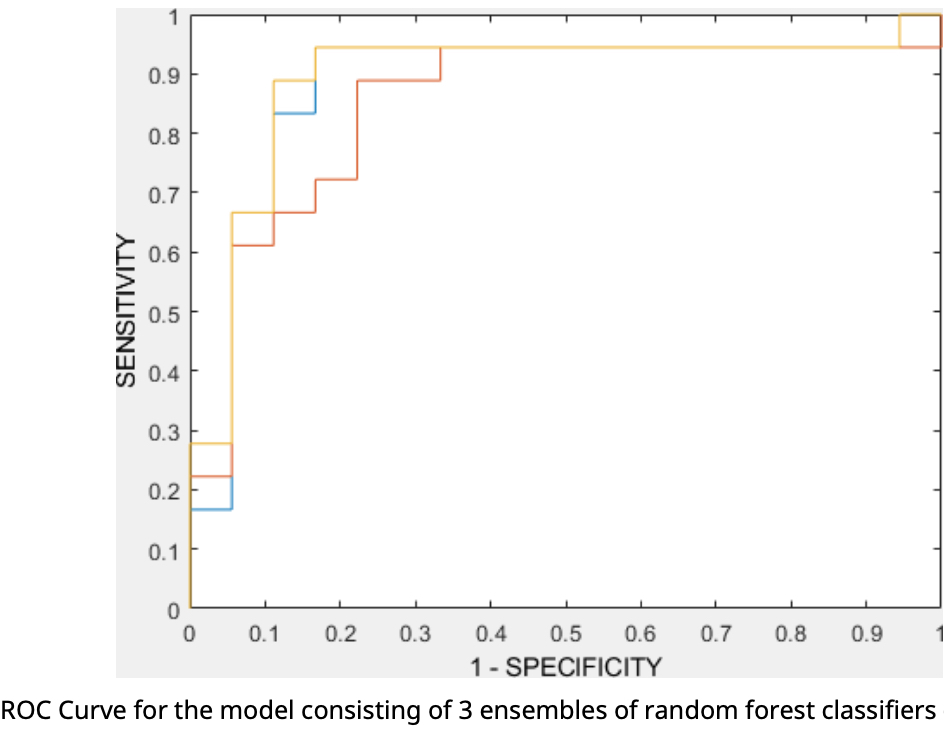
AFFILIAZIONE
università degli studi di milano
AUTORE PRINCIPALE
Gitto Salvatore
VALUTA IL CHALLENGE
GRUPPO DI LAVORO
Gitto Salvatore – università degli studi di milano, milano
Castiglioni Isabella – università degli studi di milano-bicocca, milano
Interlenghi Matteo – deeptrace technologies, milano
Salvatore Christian – deeptrace technologies, milano
Tordi Roberto – irccs istituto ortopedico galeazzi, milano
Sconfienza Luca Maria – università degli studi di milano, milano
AREA TEMATICA
Gestione delle tecnologie biomediche: dati, modelli, risultati
ABSTRACT
Objective
To develop a machine learning model based on 3D MRI radiomics to differentiate atypical cartilaginous tumor (ACT) from grade II chondrosarcoma (CS2) of long bones.
Methods
We retrospectively collected MRI scans from 36 patients. Eighteen patients (50%) belonged to CS2 class and 18 patients (50%) belonged to ACT class, according to histological diagnosis from definite surgery. All lesions were manually segmented by drawing 3D regions of interests including the whole tumor volume on T1-weighted MRI sequences. After radiomic feature extraction and selection, this image set was used for the training and cross-validation of different machine-learning models. A robust radiomic approach was applied, under the hypothesis that radiomic features could be able to capture the disease heterogeneity among the two groups. Three models consisting of 3 ensembles of machine-learning classifiers (random forests, support vector machines and k-nearest neighbor classifiers) were developed for the binary classification task of interest (CS2 vs. ACT), based on supervised learning.
Results
The best model (random forest) showed: ROC-AUC (%) of 87 (majority vote), 87.6** (mean) [CI (confidence interval): 82.3-92.8]; accuracy (%) of 81 (majority vote), 78.7** (mean) [CI: 70.7-86.7], sensitivity (%) of 72 (majority vote), 72.2** (mean) [CI: 72.2-72.2], specificity (%) of 89 (majority vote), 85.2 (mean) [CI: 69.2-100], positive predictive value (%) of 87 (majority vote), 83.3* (mean) [CI: 68.6-97.9], and negative predictive value (%) of 76 (majority vote), 75.4** (mean) [CI: 71.8-78.9] (*p<0.05, **p<0.005).
Conclusions
Our 3D MRI radiomics-based machine learning method may potentially aid in clinical decision making by accurately distinguishing between ACT and CS2.



